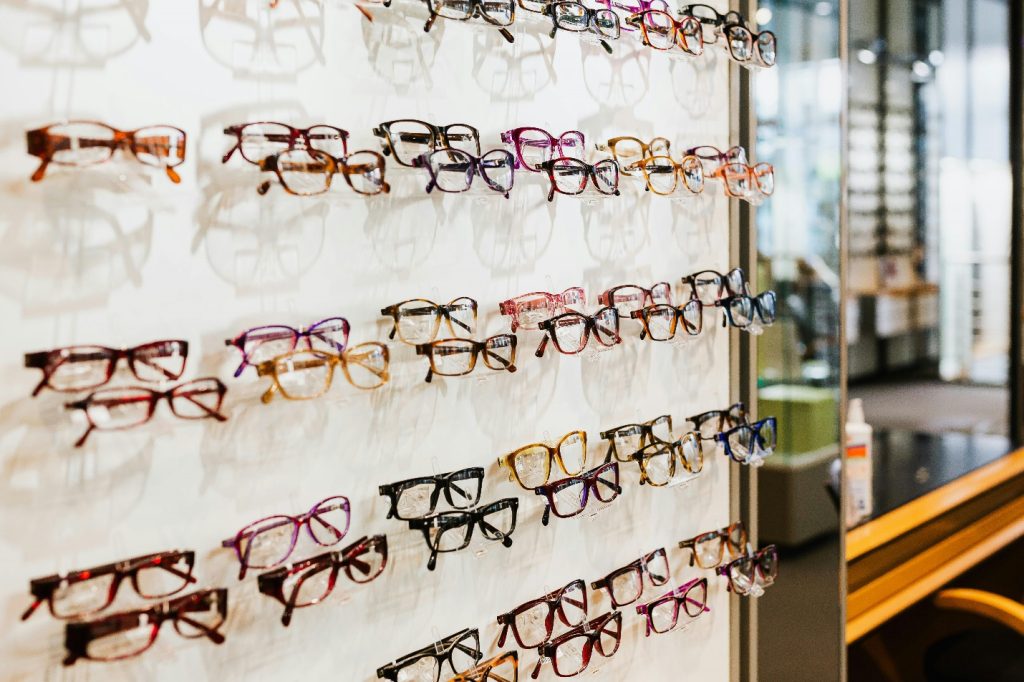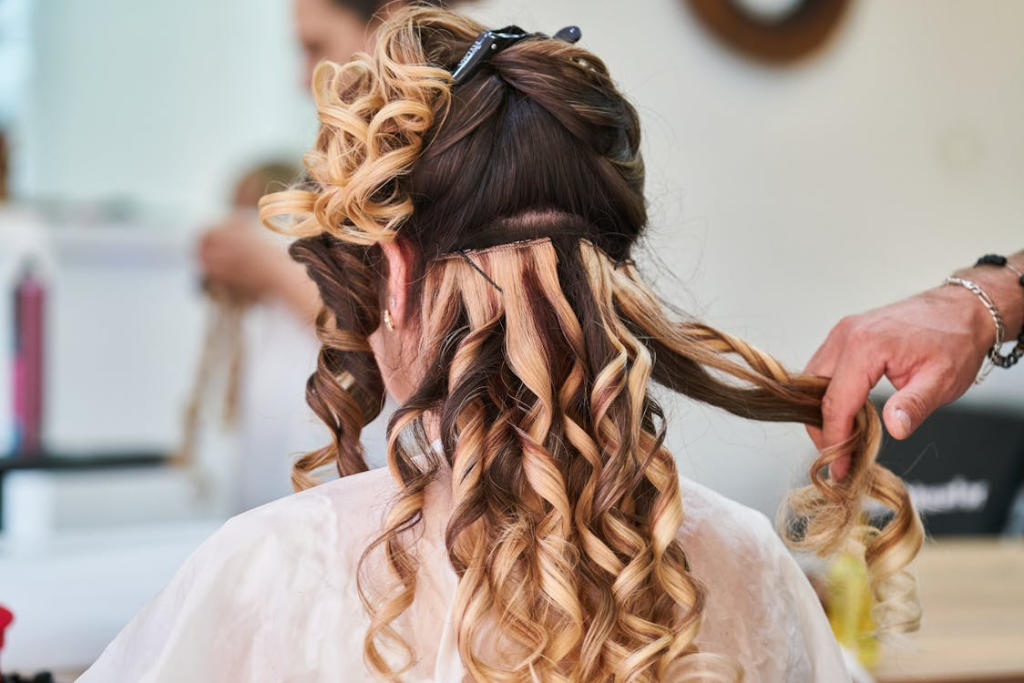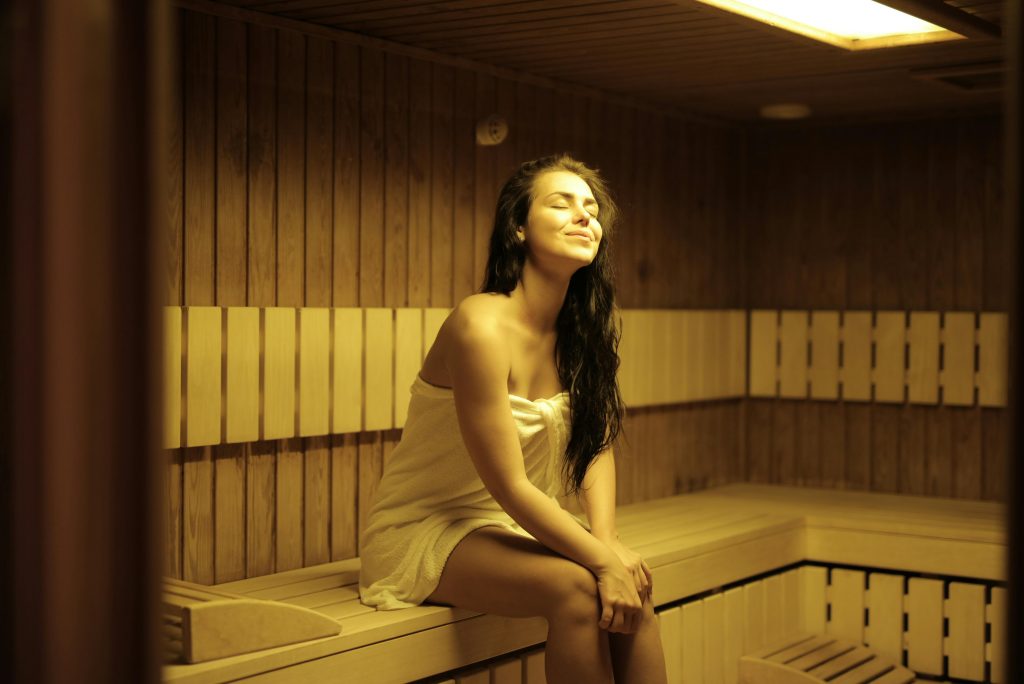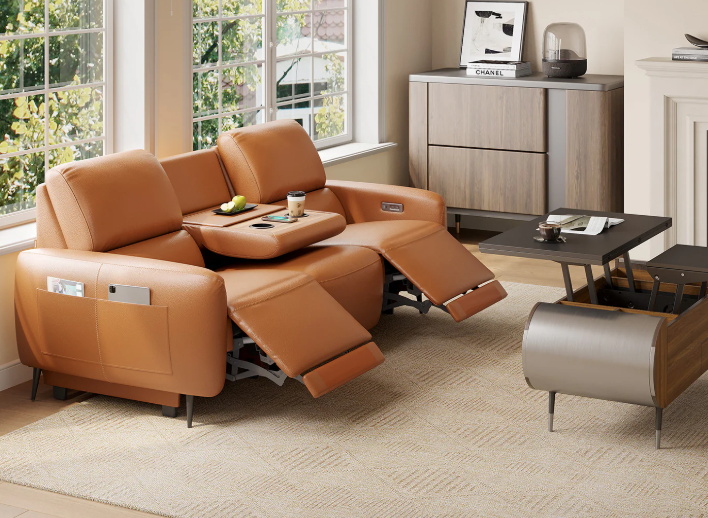If your glasses look scratched, cloudy, or worn out, don’t rush to replace them; there are proven ways to make them feel brand new again. Many eyeglass wearers assume that once their lenses develop scratches or become cloudy, expensive replacement or lenses for existing frames are their only options. However, with the right restoration techniques and safety precautions, you can often restore eyeglass lenses to near-perfect clarity at a fraction of the cost.
This problem affects millions of people daily. Scratched lenses don’t just look unsightly; they can also cause eye strain, headaches, and reduced visual clarity that impacts your quality of life. Whether it’s from dropping your glasses, cleaning them with the wrong materials, or simply everyday wear and tear, lens damage is frustrating and seemingly inevitable.
Here’s the encouraging news: With proven restoration methods, proper safety guidelines, and modern lens care techniques, you can revive your favorite frames and enjoy crystal-clear vision again. Not every scratch requires professional intervention, and understanding which damage you can safely address will save you both time and money.
In this comprehensive guide, we’ll walk you through damage assessment techniques, seven proven restoration methods, essential safety guidelines to protect both you and your lenses, and prevention strategies to keep your glasses looking perfect for longer. By the end, you’ll know exactly when to attempt DIY restoration and when to seek professional help.
Introduction: Why Old Glasses Deserve a Second Life
Your favorite pair of glasses represents more than just a vision correction tool—they’re part of your identity, carefully chosen to complement your face shape, lifestyle, and personal style. When those trusted frames start showing signs of wear, the emotional attachment often makes replacement feel wasteful, especially when the frames themselves remain perfectly functional.
Understanding What Can Be Restored at Home
Before diving into restoration techniques, it’s crucial to understand what types of damage can realistically be improved with DIY methods. Surface scratches and micro-abrasions are the most common and treatable issues. These appear as fine lines across your lenses, often more visible under bright lights or when looking at your glasses from certain angles. They typically result from cleaning with paper towels, tissues, or abrasive cloths that have been contaminated.
Cloudy film buildup from oils and residue creates another restorable condition. This haziness develops gradually as skin oils, cosmetics, dust, and environmental pollutants accumulate on your lenses. While it might seem permanent, this clouding often responds brilliantly to proper cleaning techniques and can make your glasses look dramatically clearer.
Minor scuffs from improper cleaning fall into the category of damage that home restoration methods can address effectively. These typically appear as small marks or dulled areas where incorrect cleaning products or techniques have worn away protective coatings or created surface texture changes.
Understanding these treatable conditions helps you recognize what home restoration can realistically achieve. Many people discover that their “hopelessly scratched” glasses actually just need thorough cleaning and minor surface treatment to restore excellent clarity and comfort.
Recognizing Damage That Requires Professional Attention
Not all lens damage responds to home restoration, and attempting DIY fixes on certain types of damage can make problems worse and more expensive to correct professionally. Deep gouges that penetrate lens coatings require specialized equipment and expertise to address safely. Scratches that catch your fingernail or distinct lines that distort vision are signs your lenses might need replacement; you can even check the signs you need new glasses to know when professional help is necessary.
Cracks or chips in the lens material present safety hazards that home remedies cannot address. These structural damages compromise the lens’s integrity and can worsen suddenly, potentially causing injury. If you notice any cracks, even hairline ones, professional replacement becomes essential for your safety.
Damaged anti-reflective or prescription coatings create a unique restoration challenge. When these specialized coatings begin peeling, bubbling, or wearing away in patches, DIY methods often accelerate the deterioration rather than improving it. Professional assessment determines whether coating removal and reapplication or complete lens replacement provides the most cost-effective solution.
The financial implications of incorrectly assessing damage severity extend beyond wasted restoration materials. Attempting aggressive restoration methods on lenses that need professional attention can transform repairable damage into complete replacement scenarios, multiplying your costs substantially.
Most importantly, the hidden cost of living with reduced lens clarity affects your daily comfort and eye health. Scratched lenses force your eyes to work harder to process visual information, contributing to fatigue, strain, and headaches that many people don’t realize stem from their eyewear condition.
Assessing Your Lens Damage: A Step-by-Step Guide

Successfully restoring your glasses begins with accurately identifying the type and severity of damage you’re dealing with. This assessment determines which restoration methods will work effectively and safely for your specific situation.
Surface Scratch Evaluation Technique
Hold your glasses at arm’s length under a bright light source—natural daylight from a window works best. Examine each lens systematically, looking for:
- Fine surface scratches that appear as light lines visible only under certain angles
- Deep scratches that you can feel with your fingernail
- Cloudy areas where the lens appears hazy or filmed over
- Coating damage showing as patches where the anti-reflective coating is missing or peeling
For plastic lenses, surface scratches often appear more prominent than on glass lenses, but they’re also typically easier to address with home methods. Glass lenses may show fewer visible scratches but require different restoration approaches.
The Water Drop Test
Place a small drop of clean water on the scratched area. If the scratch disappears or becomes much less visible, it’s likely a surface-level abrasion that responds well to polishing techniques. If the scratch remains clearly visible through the water, it may be too deep for DIY restoration methods.
This simple test helps differentiate between surface contamination and actual lens damage, saving you time and preventing unnecessary restoration attempts on lenses that need professional attention.
Proven Restoration Methods That Actually Work
Method 1: The Professional Cleaning Foundation
Every restoration attempt should begin with proper professional-grade cleaning, as this alone often resolves what appears to be serious damage.
What you’ll need:
- Mild dish soap (without lotions or moisturizers)
- Lukewarm water
- Clean microfiber cloths
- Soft-bristled toothbrush (optional, for frame cleaning)
Step-by-step process:
- Rinse glasses under lukewarm running water to remove loose debris
- Apply one drop of mild dish soap to each lens
- Gently work the soap across all surfaces using clean fingertips
- Pay special attention to nose pads and frame areas where oils accumulate
- Rinse thoroughly under lukewarm water
- Shake off excess water and dry with a clean microfiber cloth using gentle circular motions
This method alone often eliminates 60-70% of apparent “scratches” that are actually accumulated debris and oils.
Method 2: Baking Soda Paste Treatment
This gentle abrasive method works exceptionally well for minor surface scratches on plastic lenses without special coatings.
Materials needed:
- Baking soda (fresh, not from an opened box that’s absorbed odors)
- Distilled water
- Cotton swabs
- Clean microfiber cloth
Application technique:
- Mix three parts baking soda with one part water to create a thick paste
- Test on an inconspicuous area first
- Apply paste to scratched areas using a cotton swab
- Work in small circular motions with very light pressure for 10-15 seconds
- Rinse thoroughly with lukewarm water
- Dry with a microfiber cloth and assess results
Expected outcomes: This method typically reduces the visibility of fine scratches by 40-80% and can completely eliminate very light surface abrasions.
Method 3: Toothpaste Restoration (Use with Caution)
Only attempt this method on plastic lenses without anti-reflective coatings, using non-gel, non-whitening toothpaste.
Preparation steps:
Choose plain white toothpaste without microbeads, whitening agents, or gel components
Clean lenses thoroughly first using Method 1
Work in good lighting to monitor progress
Application process:
- Apply a rice-grain-sized amount to the scratched area
- Using a clean cotton swab, work the toothpaste in circular motions for 30 seconds
- Apply minimal pressure—let the mild abrasives do the work
- Rinse immediately and thoroughly with lukewarm water
- Dry and inspect results
Warning: This method can damage coated lenses permanently. Use only on uncoated plastic lenses and stop immediately if cloudiness appears.
Method 4: Commercial Lens Restoration Products
Products specifically designed for optical restoration offer more predictable results than household remedies.
Recommended products:
- Novus Plastic Polish #2 (for moderate scratches)
- PolyWatch (designed for watch crystals but effective on plastic lenses)
- Meguiar’s PlastX (automotive product that works well on plastic lenses)
Professional application technique:
- Work in a well-ventilated area
- Wear nitrile gloves for protection
- Apply product sparingly according to manufacturer’s instructions
- Use clean, lint-free cloths for buffing
- Follow timing instructions precisely—over-treatment can cause damage
Method 5: Cerium Oxide for Glass Lenses
This professional-grade approach works specifically on glass lenses and requires patience but produces excellent results.
Materials required:
- Cerium oxide powder
- Distilled water
- Felt polishing pad or clean cloth
- Small mixing bowl
Mixing and application:
- Mix cerium oxide with water to create a milk-like consistency
- Apply to the glass lens surface
- Polish in circular motions for 15-20 minutes with consistent light pressure
- Add water periodically to maintain proper consistency
- Rinse thoroughly and inspect results
Method 6: Metal Polish Method (Advanced)
For stubborn scratches on plastic lenses, automotive or metal polish can be effective, but requires extreme caution.
Safety considerations:
- Only use on plastic lenses without coatings
- Test on an inconspicuous area first
- Work in well-ventilated areas
- Use sparingly with minimal pressure
Method 7: Steam and Microfiber Treatment
This gentlest method works well for cloudy lenses and very light surface marks.
Simple process:
- Hold glasses over steam from hot water (not boiling)
- Allow steam to condense on lenses for 10-15 seconds
- Immediately wipe with a clean microfiber cloth in circular motions
- Repeat as needed
Safety Guidelines and Best Practices
Essential Safety Precautions
Protecting lens coatings during restoration requires understanding what treatments your lenses have received. Anti-reflective coatings, scratch-resistant treatments, and UV protection layers each respond differently to restoration attempts. Before beginning any scratch removal process, contact your optical provider or check your purchase documentation to identify what coatings are present.
Proper ventilation becomes critical when using commercial polishing compounds or solvents. Work outdoors or in areas with excellent air circulation, and avoid enclosed spaces. Many restoration products contain chemicals that can cause headaches, dizziness, or respiratory irritation in poorly ventilated areas.
Skin and eye protection prevent chemical burns and allergic reactions. Always wear nitrile gloves when handling restoration products, and keep materials away from your eyes, nose, and mouth. If products contact your skin, rinse immediately with cool water and discontinue use if irritation develops.
Testing and Monitoring Procedures
Test patch protocol: Before treating visible scratches, apply your chosen restoration method to an inconspicuous area—typically the edge of one lens near the frame. Wait 24 hours to observe any negative reactions before proceeding with full treatment.
Progress monitoring: Check your results frequently during restoration. If scratches appear to worsen or new cloudiness develops, stop immediately and rinse the lens thoroughly.
Warning signs to cease treatment: Lens clouding, coating bubbling, surface texture changes, or any visible worsening of scratches during treatment indicate you should stop immediately and seek professional evaluation.
Long-Term Maintenance After Restoration
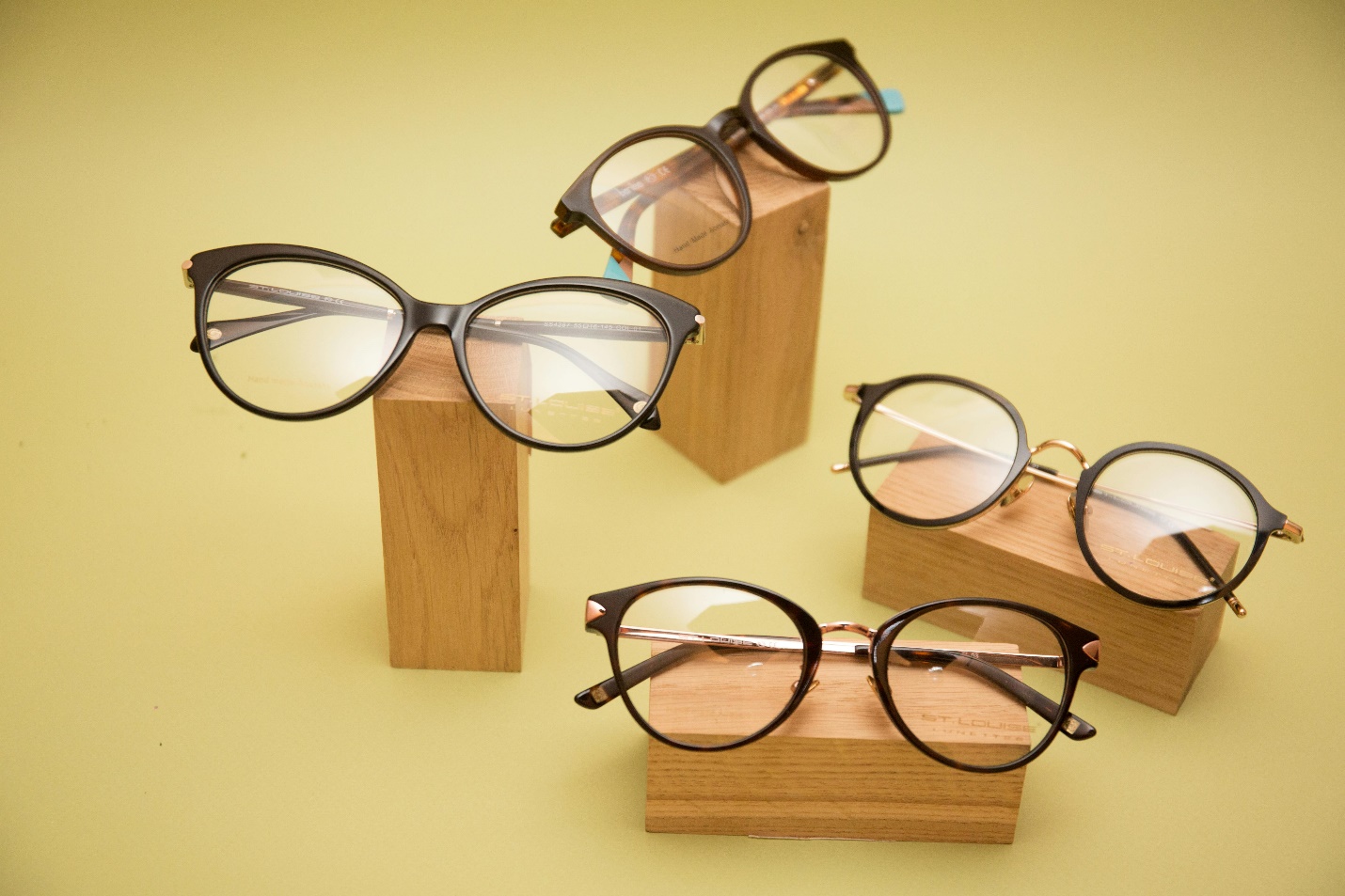
Daily Care Routine for Restored Lenses
Proper cleaning techniques become even more important after restoration, as the process may have temporarily softened lens surfaces or removed protective treatments. For the first week after restoration, clean your glasses only with mild soap and water, avoiding commercial cleaners or pre-moistened wipes that might contain harsh chemicals.
Daily maintenance routine should include:
- Rinsing glasses with lukewarm water before wiping
- Using only clean microfiber cloths for drying
- Storing glasses in protective cases when not worn
- Avoid placing glasses face down on surfaces
- Never cleaning with clothing, tissues, or paper products
Protective Storage and Handling
Hard cases provide superior protection compared to soft pouches, especially during travel. Keep cleaning cloths separate from your glasses to prevent transferring debris, and replace microfiber cloths regularly as they accumulate microscopic particles that can cause new scratches.
Environmental protection helps maintain your restoration results longer. Remove glasses before activities that expose them to sand, dust, or chemical vapors. Clean glasses immediately after exposure to saltwater, chlorinated water, or cosmetic products that can create new film buildup or surface damage.
When to Seek Professional Help
Professional maintenance scheduling provides long-term value for expensive prescription glasses. Annual professional cleaning and inspection can identify developing problems before they require major restoration, helping you maintain optimal vision clarity while extending your glasses’ useful life.
Cost-benefit analysis should guide your decision between DIY restoration and professional service. For everyday reading glasses, DIY restoration makes financial sense. For progressive lenses with anti-reflective coatings, professional assessment protects your investment and often provides better value than risking damage to expensive lenses.
Prevention: Keeping Your Glasses Scratch-Free
Proper Daily Handling Techniques
The best restoration is prevention. Developing proper handling habits significantly extends the life of your lenses and maintains optimal clarity.
Safe cleaning practices:
- Always rinse before wiping to remove abrasive particles
- Use only microfiber cloths designed for optical cleaning
- Replace cleaning cloths regularly as they wear out
- Never use household cleaners, window cleaners, or alcohol-based products
Storage best practices:
- Always store glasses in a hard case when not wearing them
- Place glasses lens-side up when temporary storage is necessary
- Keep cases clean and free from debris
- Avoid leaving glasses in hot cars or direct sunlight
Environmental Awareness
High-risk situations that commonly cause lens damage include:
- Beach environments with sand and saltwater
- Construction or dusty work environments
- Kitchen activities with steam and grease
- Sports activities without proper protective eyewear
- Cleaning with household chemicals nearby
Protective measures for these situations include wearing safety glasses over prescription lenses when appropriate, removing glasses during risky activities, and immediately cleaning after exposure to harmful substances.
Conclusion: Your Path to Crystal-Clear Vision
Restoring scratched and damaged eyeglass lenses at home offers a practical, cost-effective solution for many common vision problems, but success depends on accurately assessing damage severity and choosing appropriate methods for your specific lens type. Minor surface scratches, cloudiness from film buildup, and light scuffs often respond excellently to gentle home remedies like proper cleaning techniques and baking soda paste treatment.
The key to successful restoration lies in starting with the gentlest methods first—often, professional cleaning alone dramatically improves what appears to be serious damage. For persistent minor scratches on appropriate lens types, the baking soda paste method provides safe, effective results without risking expensive prescription lenses.
However, safety must remain your top priority throughout any restoration process. Always test methods on inconspicuous areas first, use proper ventilation when working with commercial products, and recognize when professional intervention provides better value than DIY attempts. Deep scratches, coating damage, and structural issues require professional expertise to address safely and effectively.


